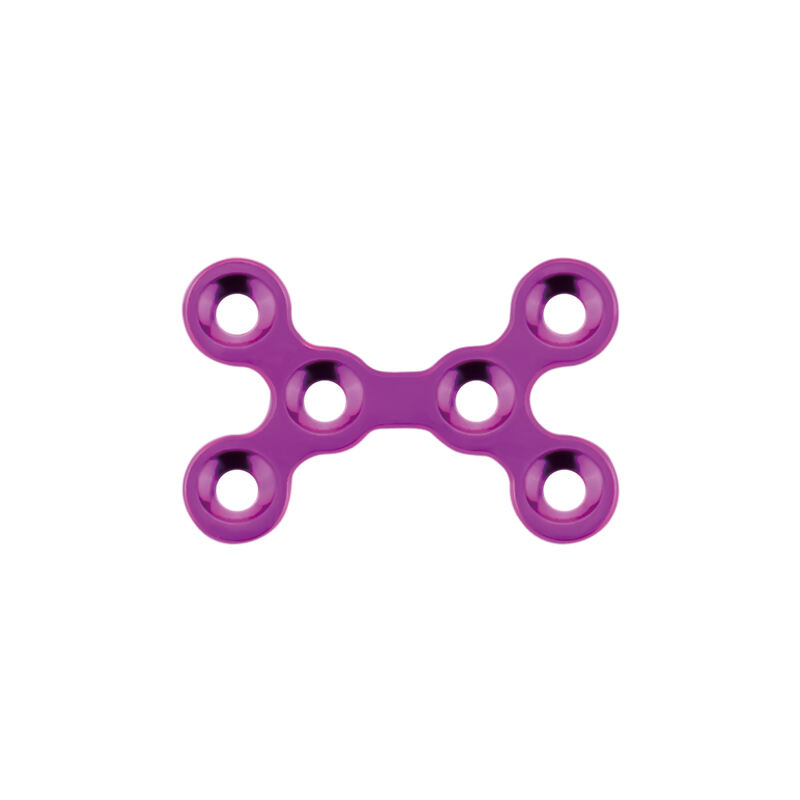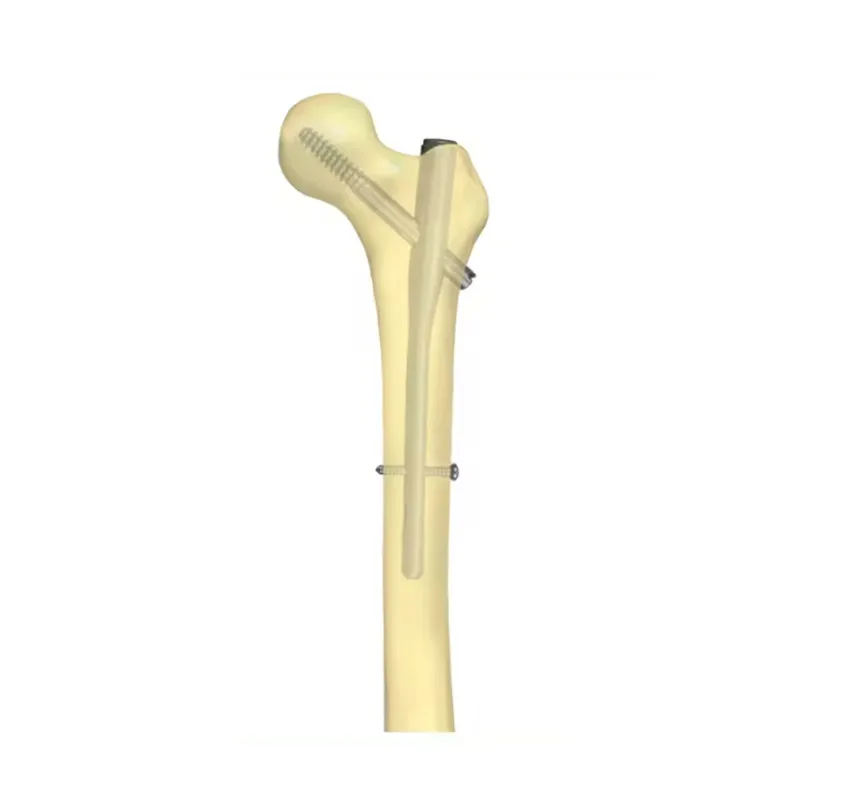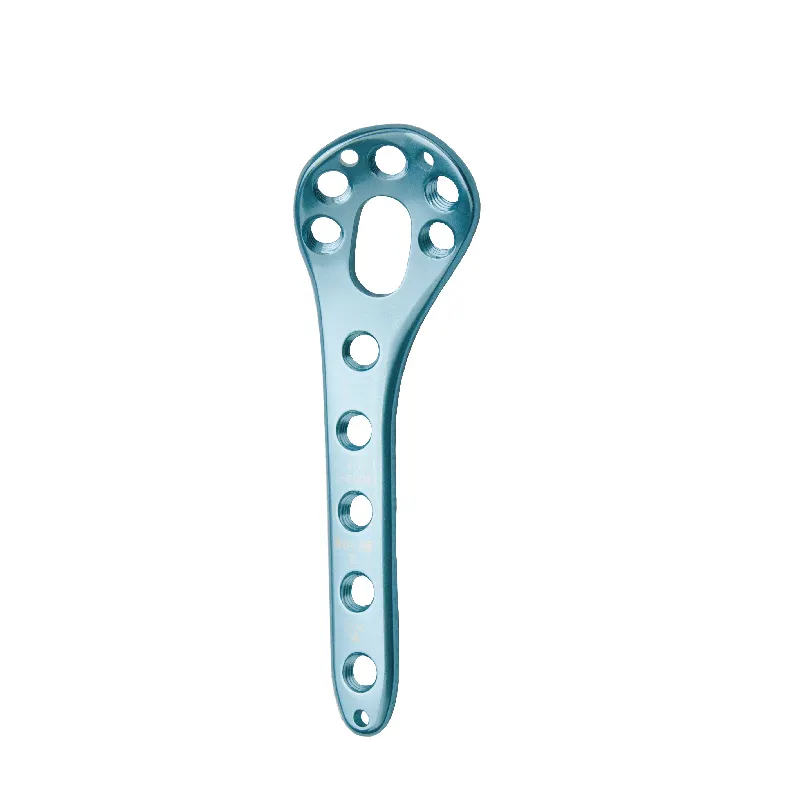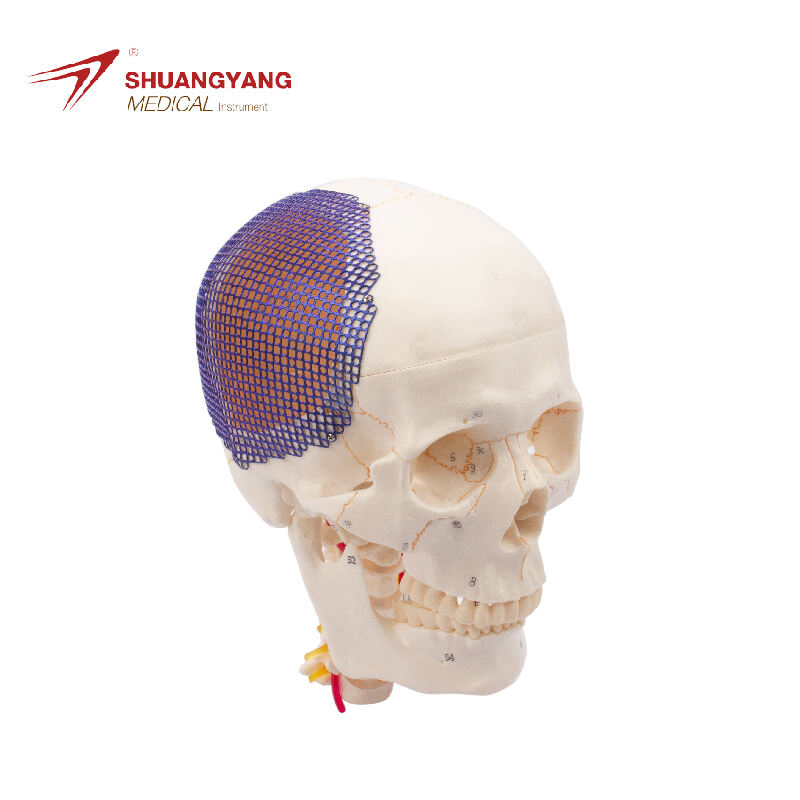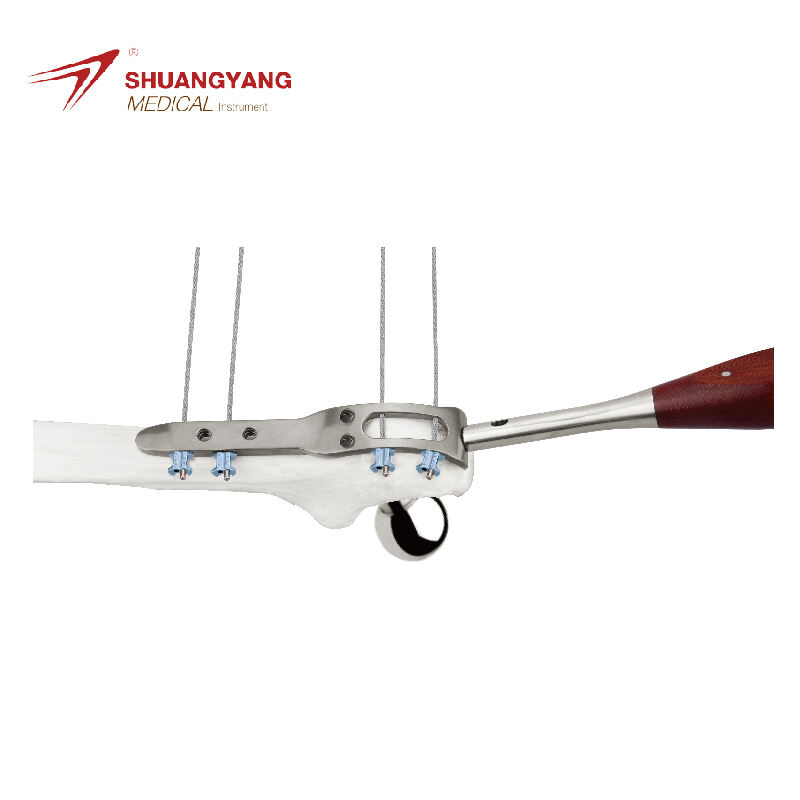external fixation wrist
The external fixation wrist is a medical device designed to stabilize and immobilize the wrist joint following injuries such as fractures or dislocations. Its main functions include maintaining the correct alignment of the bones, allowing for reduction of the fracture or realignment of the joint, and facilitating the healing process. Technological features of the external fixation wrist include a sturdy, modular frame that can be adjusted to fit the patient's anatomy, along with pins or screws that are surgically placed in the bone to secure the device. The applications of the external fixation wrist are diverse, ranging from acute trauma care to corrective procedures, making it an indispensable tool in orthopedic surgery.
 EN
EN
 FR
FR
 ES
ES
 AR
AR



